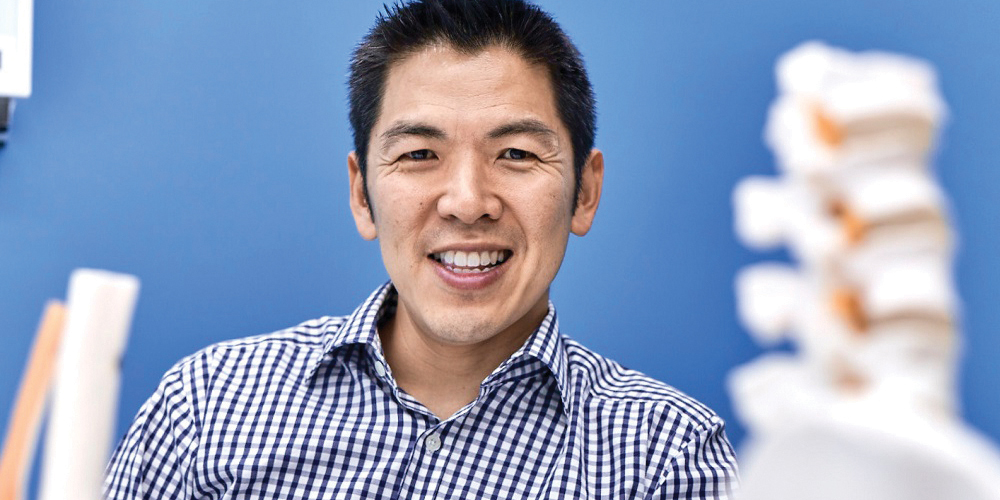I like to plan stuff. I’m not sure if you think it strange but I have written a note to myself, titled “When I’m 55” detailing where I’m likely to be on that particular birthday, and what my life will look like. There’s some detail on aspects such as my work-life integration, where my children […]
I like to plan stuff. I’m not sure if you think it strange but I have written a note to myself, titled “When I’m 55” detailing where I’m likely to be on that particular birthday, and what my life will look like. There’s some detail on aspects such as my work-life integration, where my children might be at, what might be the state with my parents, our likely financial state, our home design, and my health. A mixture of broad projections and finer detail.
It was written a couple of years ago and I like to read it a few times a year, hoping this mind map keeps me on course. I’ve shared these plans with my wife and even discussed it with a few of the team at our clinic so there is a certain amount of pressure to make these a reality.
Predicting the future is fraught with danger and of course, we mostly get it wrong. Yet, we all do it to some degree as we make our decisions in the here and now, with an eye to the future.
When Jeremy Knibbs, our publisher, decided to put together this supplement looking at the future of rheumatology, it was a given we were risking getting it completely wrong. Still, we reached out to some brave members of our rheumatology community, giving them the brief to consider how the rheumatology landscape may look like in a few years in a few choice areas. They rose to the challenge and I hope you’ll appreciate this attempt at crystal-balling.
Personally, I’m always thinking about the anatomy of the patient consultation. The workflow. The user experience, for patients, for staff, and for myself.
What would I like my consultation user experience to be in 2020?
It would start, as it does now, with the person getting a word-of-mouth recommendation or a GP referral. The person checks me out online, decides the practice philosophy works for them, then makes the appointment online through a few clicks. He or she receives a link via sms or email which then leads to pre-consultation filling of their details and the reasons why they need the consultation. It would be even better if prepayment is possible at the time the appointment is made.
At this stage, some basic AI helps with symptom organisation and data gathering, with a reasonably sensible summary auto-generated. All pre-consultation. If something akin to a workable My Health Record exists by then, there may be some extra data extraction. Prior to the person even attending, the referral is linked, their particulars recorded, and useful information is sitting in their electronic health record (path results, current medications, allergies, radiology images, even what they feel is most important to address). This should also allow more accurate triage.
The person is welcomed just after the appointment is made with useful information about what to bring, what to expect during the consultation and practical directions to get to the clinic. Reminders are auto-generated.
The check-in process becomes so much simpler. Perhaps, we have a welcome-bot
(www.soulmachines.com) instead of our current check-in kiosk. Reception staff will be freed to provide a better concierge experience and to make a great first impression.
During the consultation, I won’t really need to type much. Perhaps I’m wearing some unobtrusive ear piece or there’s some dongle attached to the PC picking up and interpreting natural speech to again produce a reasonably sensible auto-generated summary that can be easily and quickly edited for a consultation record and for the letter. With the information already sitting in the file, consultations can progress at a different level with less time spent on basic data collection and entry. Speech recognition would have improved immeasurably and letters can be generated with ease, with the letter then promptly electronically delivered, securely to the all relevant parties.
In between consultations, people do have access to their service provider, me. They SMS, email or video chat. We would have worked out how to do this in a scheduled, reimbursed environment so that it doesn’t wear me out and I don’t get resentful.
When the diagnosis is a common one, it’s easy to provide a pathway to a website which answers common questions and concerns. A staff member is only an online enquiry away, with a longer-term goal of an “emotionally responsive, life-like artificial human” to help with basic Q&A.
With established diagnoses and/or with certain medications, I might already have an inkling of the patient journey. That person’s file can be tagged in some way, allowing predetermined, configurable, auto-generated workflows. Think regular reminders about vaccinations, or monitoring blood tests, PROMS, or SMS-based encouragement for lifestyle tweaks.
All this can be designed relatively easily with (mostly) current tech.
It feels good to get this out of my head and onto paper. And I’m now sharing it with all of you. There’s now pressure to make this version of the future a reality, hopefully way before I’m 55.
Editor Dr Irwin Lim is a rheumatologist in Sydney and a director of BJC Health, involved in multdisciplinary, patient-centred care


